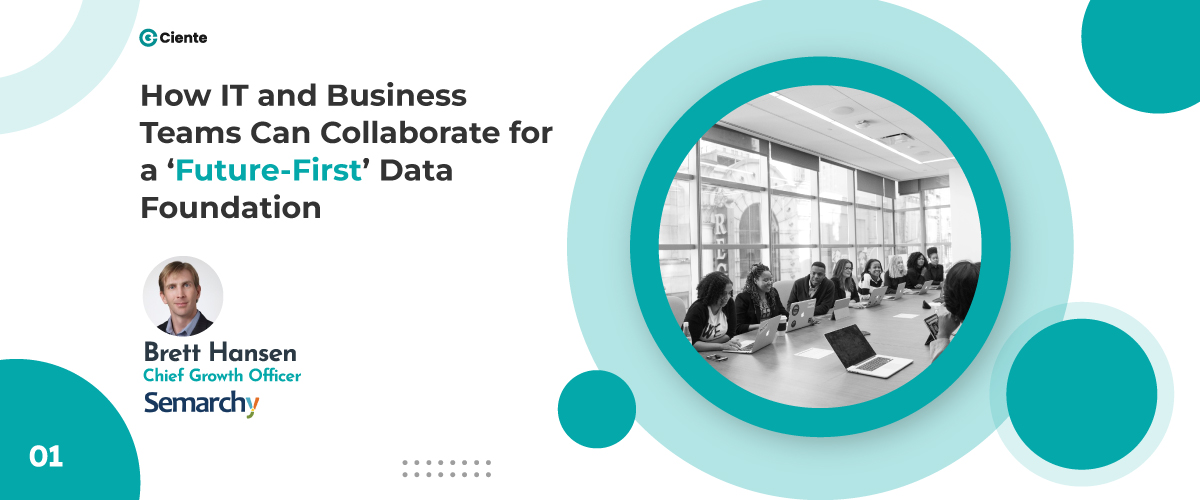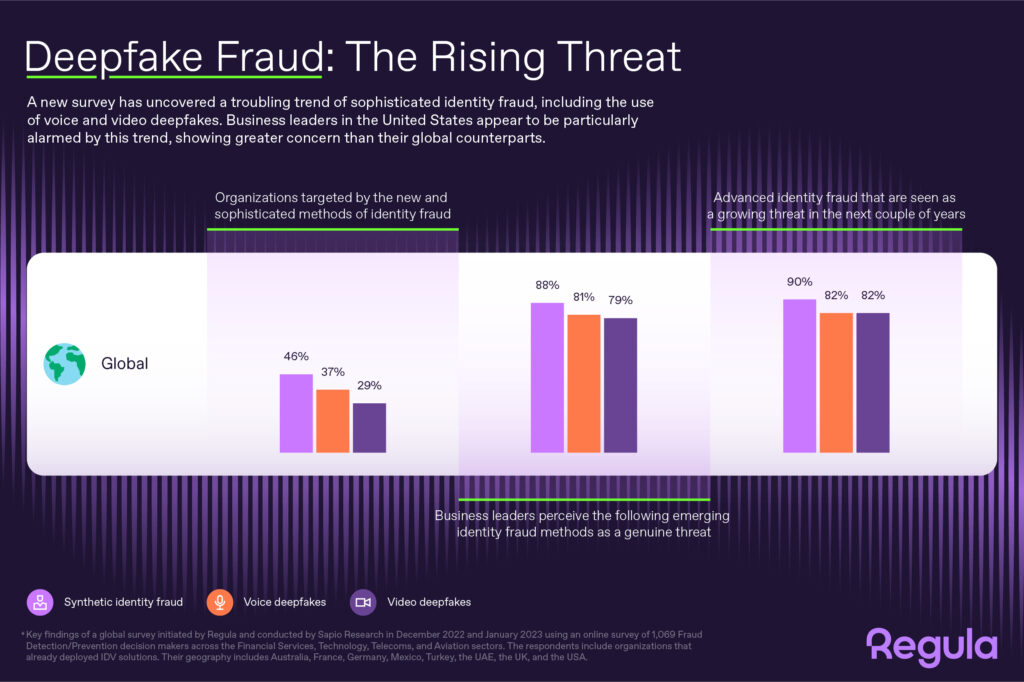Cyber Security: Importance of Protecting Your Business Assets
With cybercrime expected to nearly triple in the next 5 years, cyber security is no more a luxury, but a must-have. Read along to know all about it.
It’s 2023, and we’re knee-deep in the digital revolution. There’s a sense of familiarity as we glance at the digital landscape around us. Our daily lives are intertwined with technology; our workplaces are no different. From the friendly neighborhood coffee shop getting your morning order via an app to multinational corporations running global operations on complex digital networks, every business – big or small – is splashing around in the digital ocean.
But with this expansive landscape, comes the threat to cyber security. In order to help you navigate this vast and often unpredictable sea of digital operations, we’ll be discussing the whats and hows of cyber security and threats in this article. Additionally, we’ll dive into the importance of cyber awareness and digital shielding.
Understanding the Digital Assets: The Modern-day Treasure Chest
We’ve come a long way from defining business assets strictly in tangible terms. It’s no longer just about the physical real estate, machinery, or mountains of inventory. Welcome to the 21st century, where our assets are increasingly digital, living and breathing in the cloud as ones and zeros. Customer databases, confidential emails, proprietary software, innovative algorithms, and the vault of trade secrets – all digital assets that form the lifeblood of today’s businesses.
Every successful business today is essentially a treasure chest filled with digital assets. They’re the secret sauce, the unique ingredients that give a business its distinctive flavor, making it stand out in the crowd. A company’s strategies, decision-making, competitive advantages, and growth – everything orbits around these assets. Without them, businesses would be like ships sailing without a compass, adrift in the vast ocean of competition, threatened by the ever-looming storm of failure.
Also read : The Role Of Artificial Intelligence In Cybersecurity
Cyber Threats: The Storm on the Digital Horizon
In the realm of narratives, every treasure has its seekers, every kingdom its invaders. The digital kingdom of business is no different. The digital assets, our modern-day treasures, naturally attract all sorts of unsavory characters. Cybercriminals, hackers, and any digital malice-causer – whatever you choose to call them – are always on the lookout for a loose end to take over.
However, the cyber threats of today are unlike ever before. They’re more sophisticated and harmful than one could imagine. Ransomware, phishing scams, denial-of-service attacks, and an alarming rise in state-sponsored cyber attacks make up the ensemble of threats lurking in the digital shadows. It’s not just the variety but also the magnitude of potential damage that’s alarming.
As per the projections made in Statista’s Cybersecurity Outlook, the worldwide economic impact of cybercrime is poised for a substantial increase in the coming years. The estimated cost, which stood at $8.44 trillion in 2022, is expected to nearly triple, reaching a staggering $23.84 trillion by 2027.

Successful cyber attacks can disrupt daily operations, incur tremendous financial losses, invite legal issues, and – perhaps most damaging – tarnish a business’s reputation. In the digital age, reputational damage can spread with terrifying speed and breadth, pushing customers away with a mouse click.
Cyber Security Managed Services
Let’s be real – not every business has an in-house team of IT superheroes ready to combat cyber threats. Especially for smaller businesses or startups, keeping pace with the rapid advances and increasing complexities of cybersecurity can feel like an uphill battle. This is where cyber security managed services enter the picture. They’re the watchful sentinels guarding the digital fortress, the trained lifeguards on the digital beach ready to jump into action at the first sign of a threat.
Managed security services give businesses access to specialized expertise, state-of-the-art security tech, constant monitoring, and quick responses to any security incidents. They’re the vigilant watchmen on the digital wall, scanning the horizon for potential threats to a business’s precious assets. By outsourcing their security operations, businesses can focus on what they do best while resting easy knowing their digital treasures are protected.
Empowering Employees
No doubt, the power of cutting-edge technology and software in bolstering a business’s defenses against cyber threats is immense. But let’s not forget that in the heart of every organization, it’s the people who really make the difference. The folks who punch in day in and day out, from the top-level executives to the new hires – form the real shield against cyber attacks.
They’re the eyes on the ground, vigilant for any hint of a phishing scam in their inboxes, conscientious about handling sensitive information with care. Yet, this first line of defense can only be as strong as the training and support they receive.
Regular cyber security training, interactive workshops, and ongoing educational programs can equip these everyday heroes with the knowledge to spot and tackle lurking cyber threats. And when every single person in the organization, from the CEO right down to the intern who just joined last week, understands the role they play in cyber security, you end up with a powerful, human firewall.
Is It Worth It to Invest in Cyber Security?
Some companies, especially smaller and medium-sized ones, wrongly believe that cyber security is an expense rather than an investment. Unfortunately, this viewpoint originates from ignorance regarding the true price of a cyber attack. Instead of seeing cyber security as an expense, businesses should see it as an investment that safeguards against financial ruin.
Recovering from a cyber assault can be extremely expensive due to factors including revenue loss, damaged reputation, and the possibility of legal action. In this light, it becomes clear that investing in comprehensive cybersecurity measures is an excellent choice.
How to go about Future-proofing Businesses?
A simple but often forgotten truth in cyber security is that reactive approaches are insufficient. Doing nothing until a breach has already occurred is like closing the stable door after the animal has already escaped. Instead, companies can take precautions against cyber attacks by being proactive and anticipating potential dangers.
Businesses may remain ahead of cybercriminals if they keep up with the ever-changing threat landscape and regularly update and improve their cybersecurity practices. They must take precautions against security breaches by, for example, conducting regular security audits, stress testing their systems, and putting in place incident response strategies.
This proactivity includes expenditures on IT infrastructure. To prevent security breaches, businesses must always use the most up-to-date hardware, software, and procedures. They’re not simply dealing with current dangers, but also setting themselves up for future ones.
Cyber Security as a Trust Builder: More Than Just Digital Shielding
Many people consider cyber security to be all about building digital walls and keeping the bad guys out, but that’s only a part of the real picture. A robust cyber security framework signals customers, employees, partners, and investors that a business takes data privacy and security seriously.
In today’s interconnected digital world, maintaining privacy and protecting data is a big deal. A robust cyber security framework serves as a beacon, signaling to all stakeholders that their data, their privacy, and their trust are safe with the business. This trust is a cornerstone upon which successful business relationships are built and maintained.
Conclusion
As more and more businesses go digital and navigate through this massive digital landscape, the importance of cybersecurity only rises. According to recent projections by Fortune Business Insights, the worldwide cyber security market, which is valued at $172.32 billion in 2023, is expected to more than double to reach $424.97 billion by the year 2030.
It is no more a luxury or a nice-to-have; it’s an absolute undeniable necessity. Staying secure is not just about building a protective wall around our digital assets, it is about making sure one survives and thrives in this unpredictable digital-first world.
The possibilities in today’s digital age are practically limitless. However, technology also brings about difficulties and dangers that were unthinkable two decades ago. We must keep our cyber senses sharp, arm ourselves with the most effective security measures, and be prepared to defend our companies from the myriad cyber threats that lurk in the depths as we plot our routes and set our sails to the winds of the digital future.










